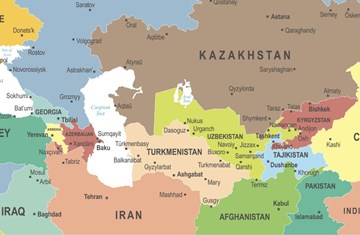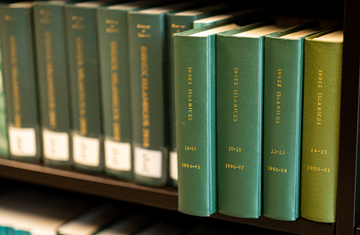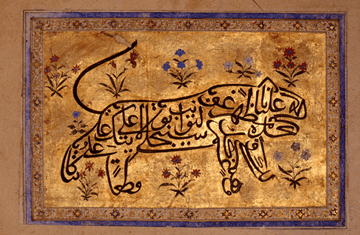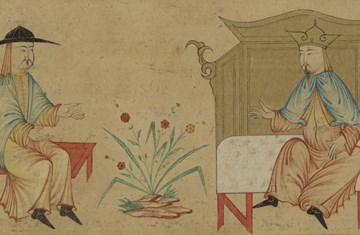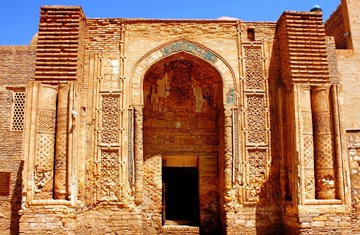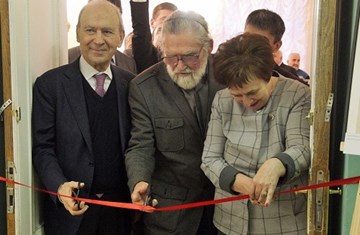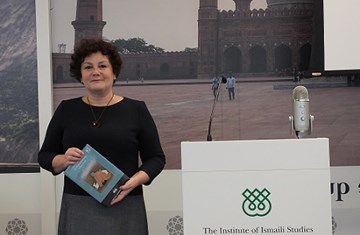IIS Scholar Presents Paper at BASR Conference
Stephen Burge, an IIS Research Associate, presented a paper at the Annual Conference of the British Association for the Study of Religions (BASR). The conference, which took place in Bangor, Wales from 7th to 9th September 2009, was called “Religion, Landscapes and other Uncertain Boundaries”. The attendees heard presentations on subjects ranging from Judaism to New Religious Movements, as well as a number of papers on themes in Islamic Studies.
Burge’s paper, entitled ‘Angels and Sacred Space in Islam’, looked at ways in which angels are used to create, denote and give authority to sacred spaces, as described in the hadith of Prophet Muhammad.
The paper’s main theme is that angels are used in Islamic tradition to blur the boundaries between heaven and earth, drawing the divine world into a more intimate relationship with the earthly. Dr. Burge discussed different ways in which angels are used to denote holy and unholy locations, focusing on a hadith collection of the late medieval Egyptian writer Jalal al-Din al-Suyuti (d. 1505 CE), a foremost hadith master, juristic expert, teacher and polymath. Dr. Burge also draws on earlier works for supporting material.
The hadith provide considerable information concerning Muslim beliefs about the relationship between angels and sacred spaces, among other things. In the hadith, angels are frequently used to designate and confirm the status of certain sites as holy. Dr. Burge’s paper looked at the different ways angels are used in Muslim traditions and texts to mark these places as well as exploring the idea of conferring of sanctity through angelic presence.
The notion of sacred space is not, however, limited to specific holy locations, as angels are also believed in the Islamic traditional material to support and gather around any Muslim who performs ritual prayers (salat). This suggests another aspect of sacred space, in which ritual action makes a locus holy. This means that all space can be sacralised, if only, sometimes, temporarily.
However, in the hadith angels are not only used to mark sacred spaces, but they also highlight the existence of non-sacred space, not simply profane or earthly spaces, but locations that are the antithesis of holiness, such as locations near idols.
The idea of sacred space in Islam has been given a great deal of attention, particularly the rites of the pilgrimage or hajj and the Ka‘ba itself. However, the role of angels in the ‘sanctification’ of these sacred spaces and rites has not been fully explored; which Dr. Burge’s paper has endeavoured to address.


